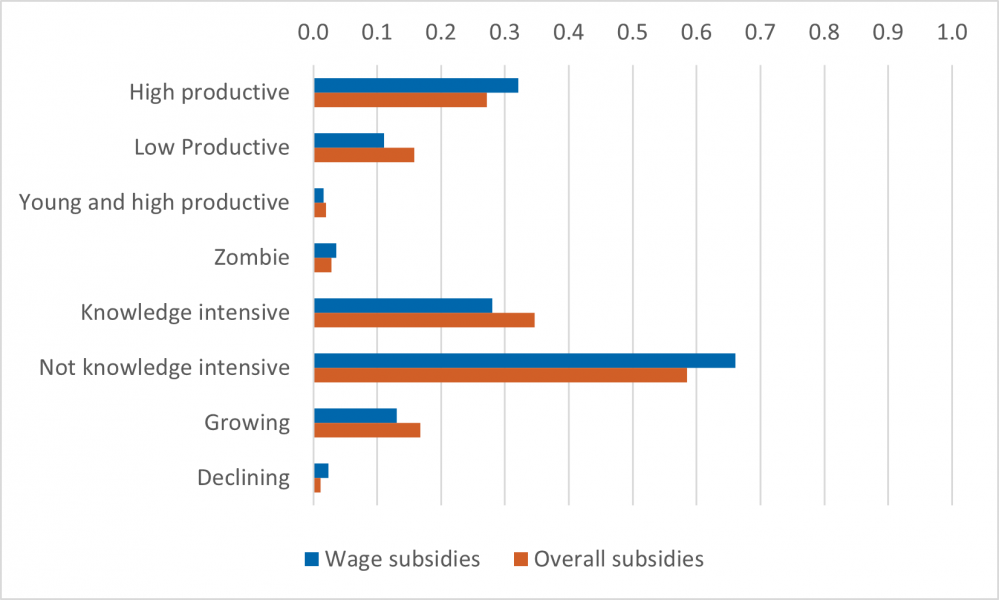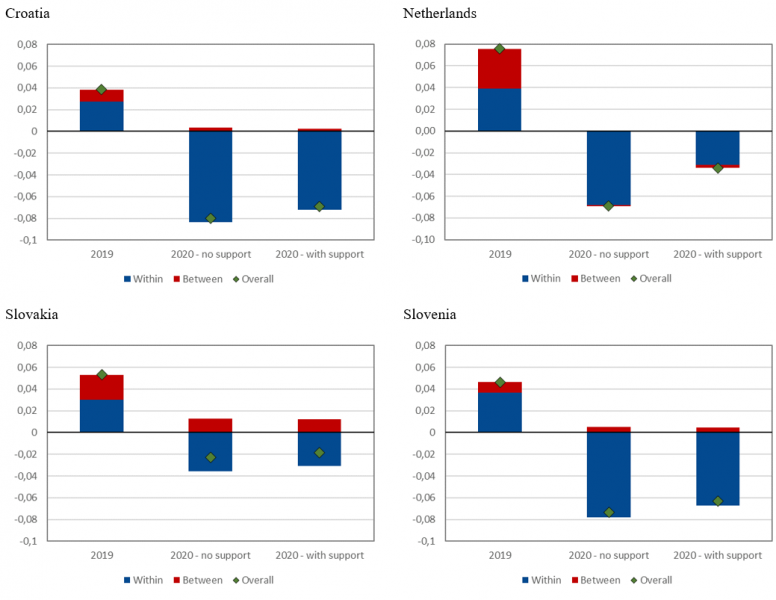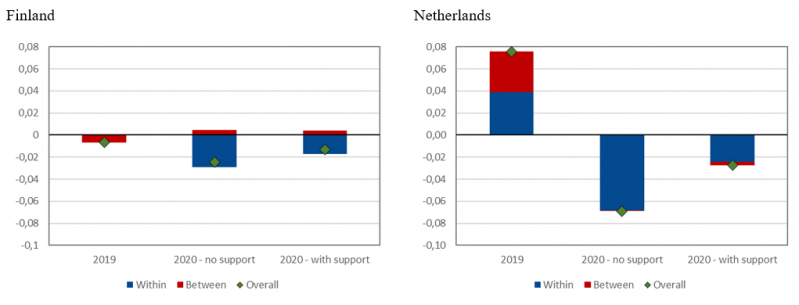References
Bighelli, T., T. Lalinsky, and J. Vanhala (2022), “COVID-19 Pandemic, State Aid and Firm Productivity”, Bank of Finland Research Discussion Paper No. 1/2022.
Bloom, N., P. Bunn, P. Mizen, P. Smietanka and G. Thwaites (2020), “The Impact of Covid-19 on Productivity”, NBER Working Paper No. 28233.
CompNet (2020), “User Guide for the 7th Vintage of the CompNet Dataset”.
Fernández-Cerezo, A., B. González, M. Izquierdo, and E. Moral-Benito (2021), “Heterogeneous firm-level impact and responses to the COVID-19 crisis”, SUERF Policy Briefs No 163, Aug 2021.
Lalinsky, T. and R. Pal (2021), “Efficiency and effectiveness of the COVID-19 government support: Evidence from firm-level data”, EIB Working Paper 2021/06.
Maurin, L. and R. Pal (2020), “Investment vs debt trade-offs in the post-COVID-19 European Economy”, EIB Working Papers 2020/09.
|
About the authors
Tommaso Bighelli is a PhD Student at Halle Institute for Economic Research and member of the Scientific Team of the Competitiveness Research Network (CompNet). His main research interests are on firm dynamics and international trade. Before his PhD, he received a Research MSc in Economic Analysis from Autonomous University of Barcelona and he completed Undergraduate studies at Sapienza University of Rome.
Tibor Lalinsky is Senior Researcher in the Research Department of the National Bank of Slovakia. His research interests include convergence and competitiveness, European integration and Euro, international trade and micro-data analysis. He holds a PhD in Economics from the University of Economics in Bratislava.
Juuso Vanhala is Senior Advisor at the Bank of Finland’s Monetary Policy and Research Department. His research interests include firm dynamics and labour markets from a macroeconomic perspective. He holds a PhD in Economics from the University of Helsinki.
|








